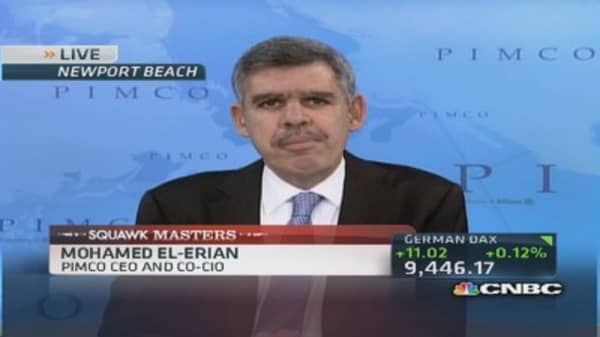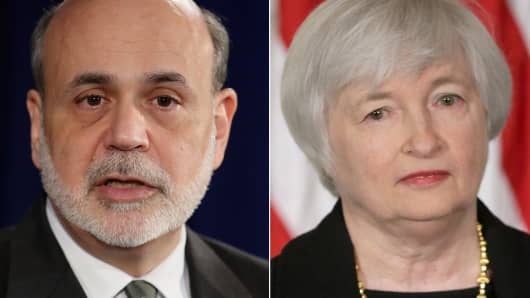It wasn't easy for Federal Reserve Chairman Ben Bernanke. It took him and his Fed colleagues several tries. Yet, as he comes to the end of his impressive tenure as Fed chair, he has succeeded in establishing something of immediate value for Ms. Janet Yellen, his talented successor: A quantitative easing exit policy that has been communicated well externally, that markets seem comfortable with, and that has a chance of playing out as planned.
After an unusual period of protracted reliance on experimental QE programs, the Fed is embarking this month on the first ($10 billion) of several reductions in its monthly purchases of securities. Judging from the press conference that followed its policy meeting in December, if the economy evolves as planned, the Fed will regularly lower the pace of purchases throughout 2014 — so much so that, by the end of the year, it would be out of the QE business.




